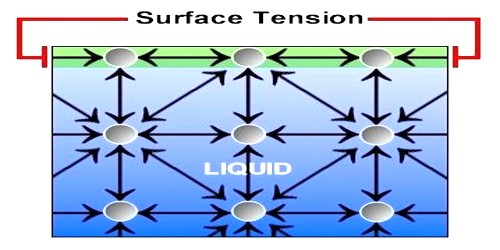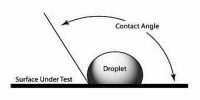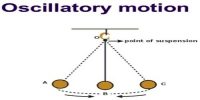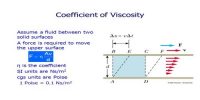Use of Surface Tension
Some real events in our daily life are influenced by surface tension. These events can be explained by surface tension of liquid.
Movement of insects on water surface:
We often see insects walking over water surface. Why do not they sink in water? The reason behind this is surface tension. We know surface tension is influenced in many ways- one of them is the upward force of water due to surface tension. When an insect walks over water surface then its weight (W) acts downward, on the other hand upward force (F) due to surface tension acting on the insect works upward. Water surface slightly shrinks due to surface tension. As magnitudes of upward force (I) and weight (W) become equal so the insect can walk easily on water surface.
Soap bubbles:
By dipping one end of a glass tube inside a soap solution and blowing through the other end, it will be observed that bubbles have been formed. Or, during washing clothes with soap, due to contact of soap solution with clothes there also bubbles are seen to form. In this case bubbles of soap water originate from the thin and spherical membrane of soap water. These soap bubbles have two surfaces, one is in inside surface and the other one in the outer surface As the inside pressure is greater than outside pressure, so bubbles wants to expand. But surface tension of the film wants to contract it. At equilibrium state of the bubble these two oppositely directed forces become equal. If the inside pressure is greater than surface tension then it will blow up.
Transmission of water in trees:
Before explaining transmission of water in trees we need to understand what is called capillary tube and capillarity. Capillary tube is the uniform fine bore tube and capillarity means, ascends and descends of liquid through this tube. There are innumerable number of microholes all over the root, body and branches of a tree. These microholes act as capillary tubes. As a result water or liquid from the soil transfer to different parts of a tree through these capillary tubes.
Floating of a needle on water:
If a sewing needle is placed gently on the surface of water, it floats. There is a depression on the surface of water. The surface behaves like a stretched membrane. If the needle is pressed a little, it will sink. Due to surface tension (T) in water the upward force (F) on the needle becomes equal to the weight of the needle. i.e., F = W. hence the needle is seen to float in water.














